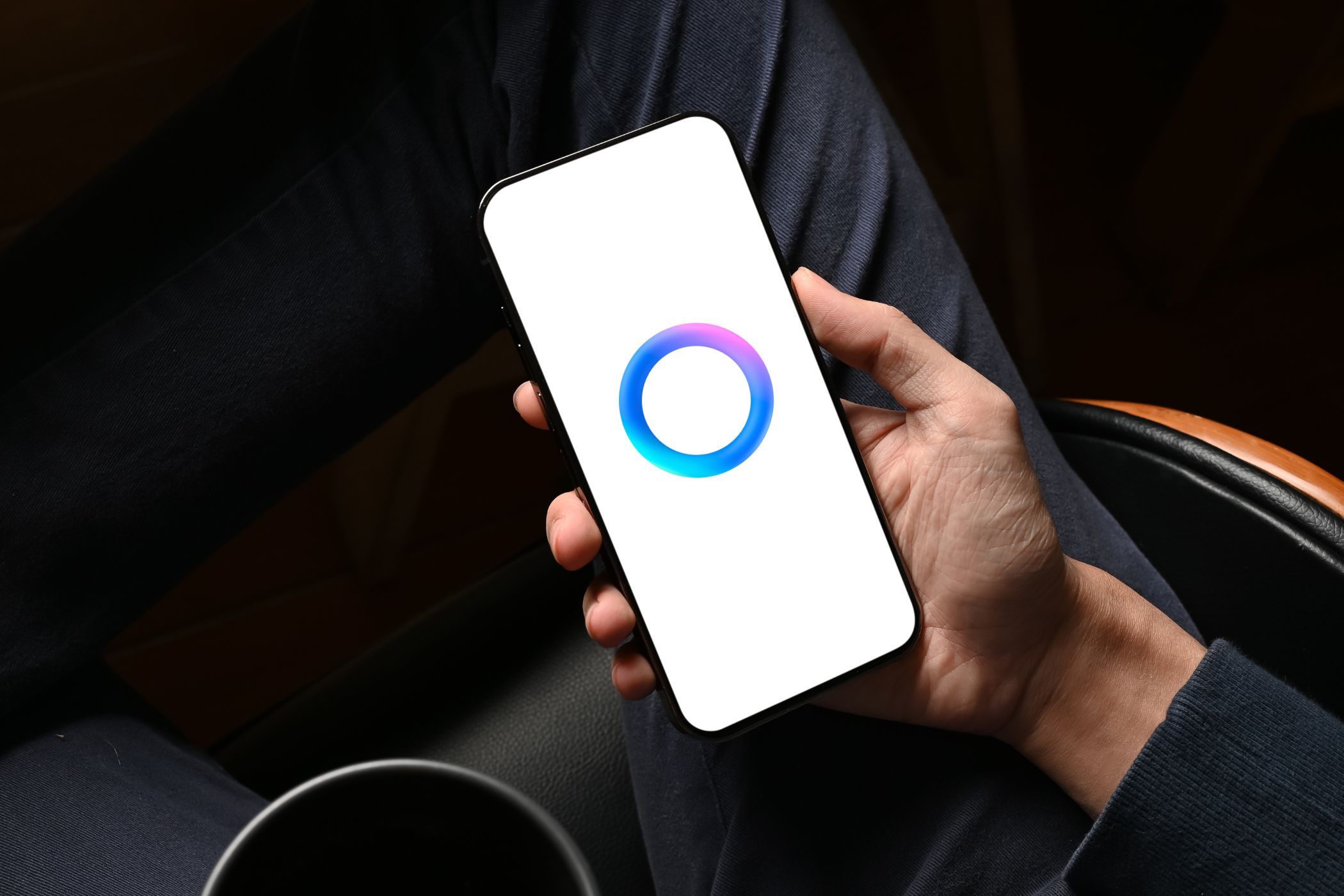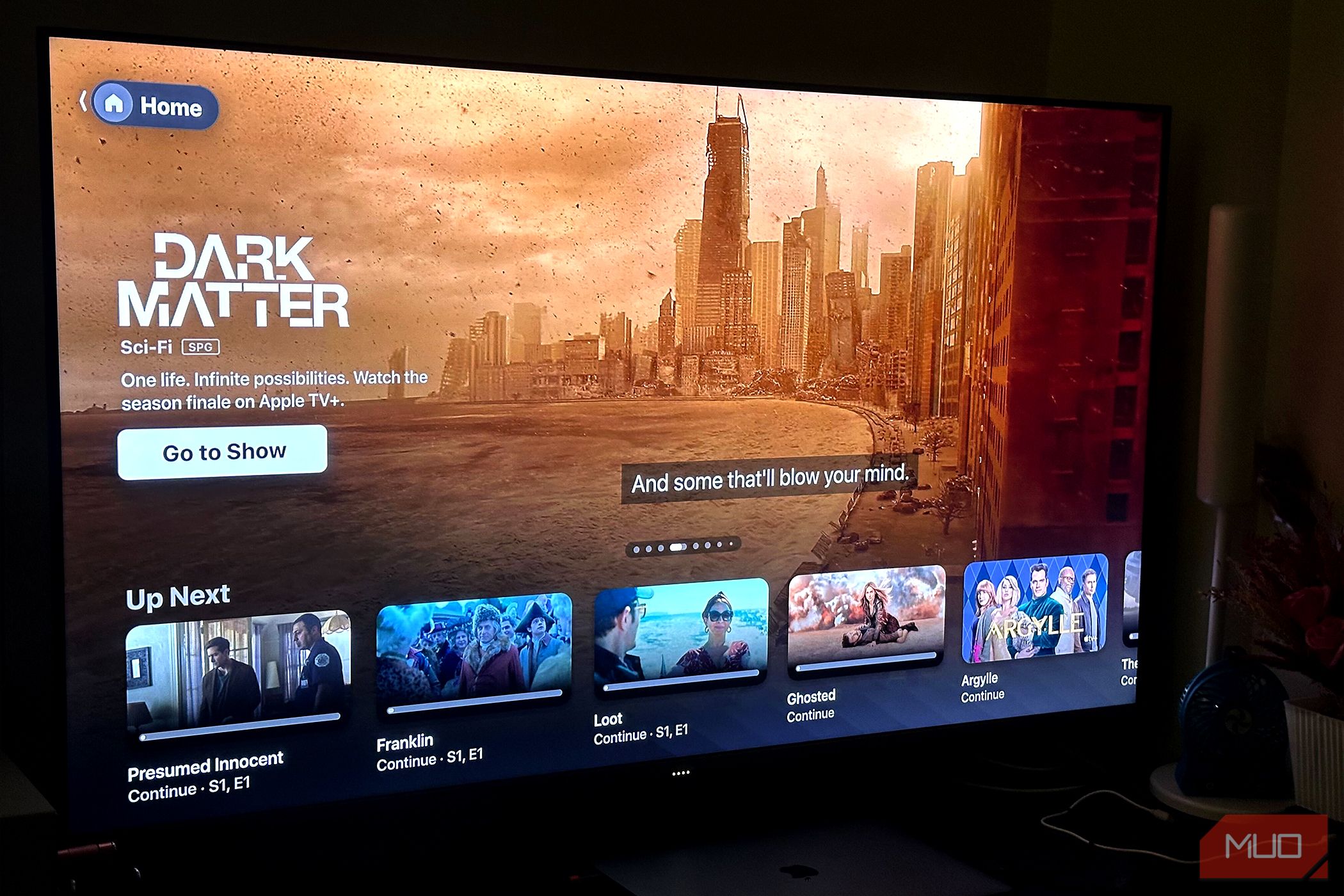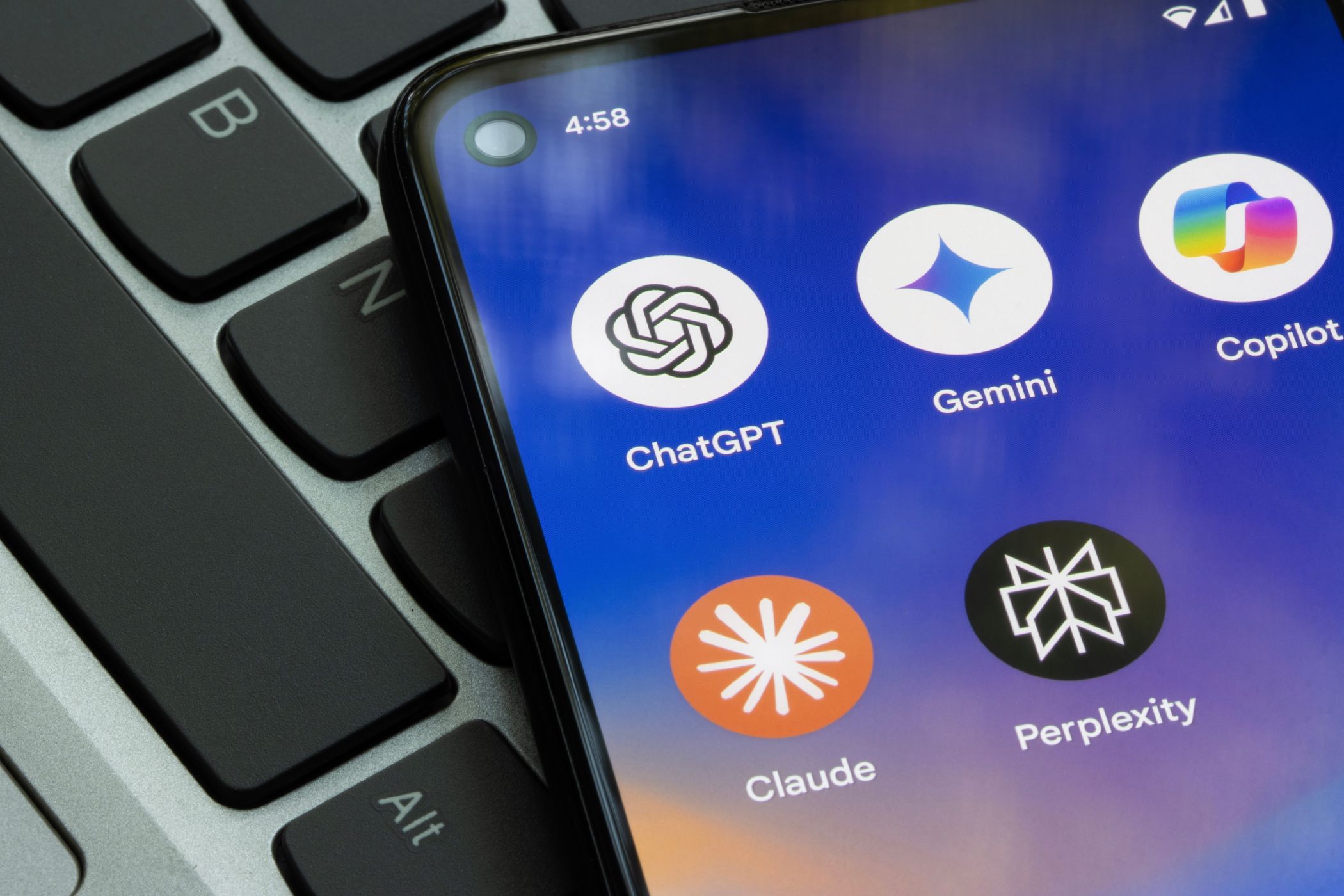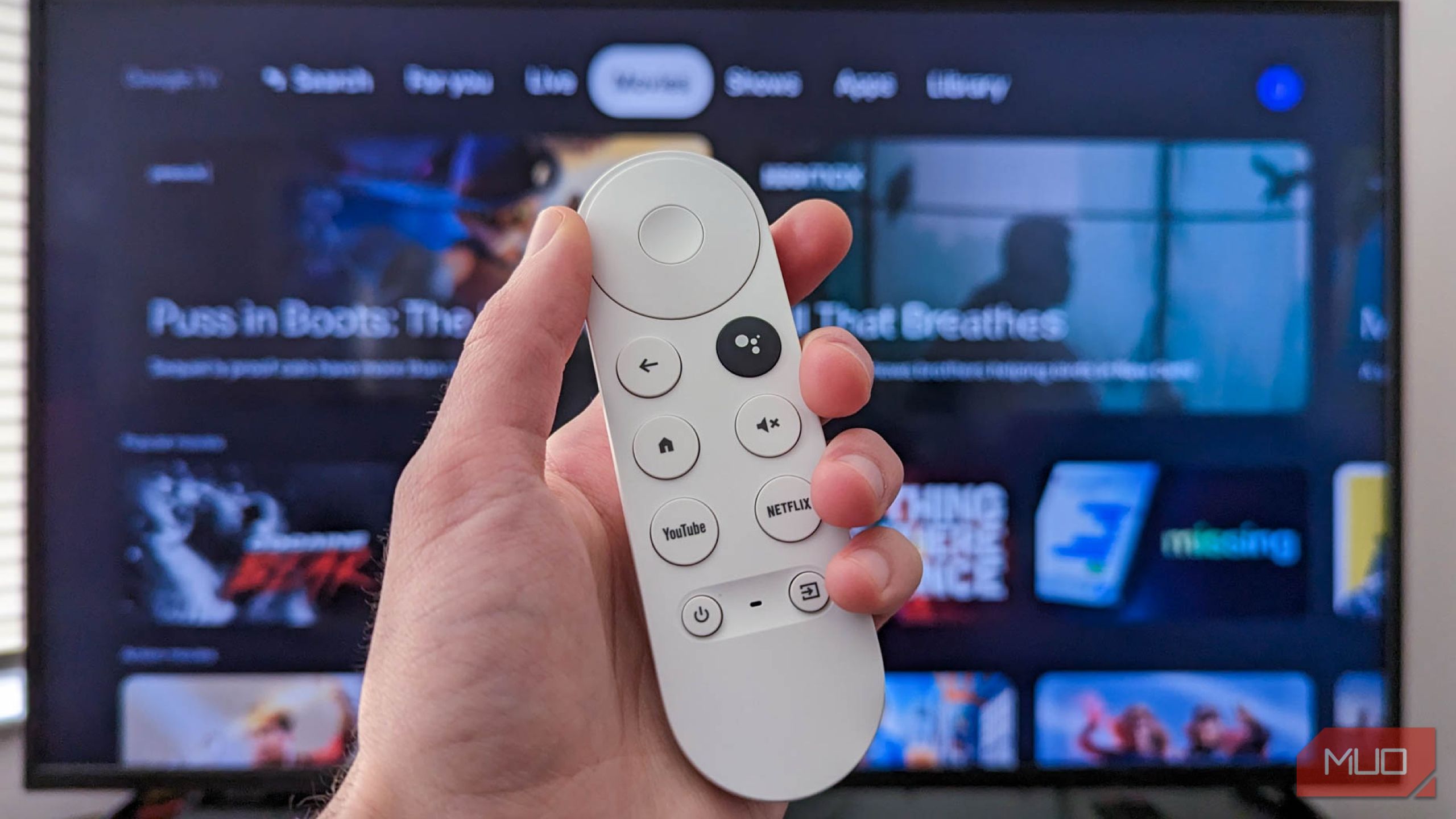I love using AI chatbots for long, complex conversations. But the truth is that some AI chatbots handle lengthy chats much better than others due to what’s known as a context window—and these are my four favorite AI chatbots for the job.
4
Claude
When it comes to handling lengthy conversations, Claude is genuinely impressive. Anthropic’s latest model, Claude 3.7 Sonnet, boasts a massive 200K context window, allowing it to process lengthy conversations. Its other models have a reasonable 128K context window. This is helpful for those marathon brainstorming sessions where you need the AI to remember what you discussed 150 messages ago.
I’ve found Claude particularly excellent for data visualization projects. It allows you to generate code through its Artifacts feature (Claude version of ChatGPT Canvas) so you can collaborate with it on complex data analyses and receive functional visualizations—something most other chatbots struggle with. It’s also fantastic for using Claude to read huge Google Docs when extracting specific information.
The 200K context window goes better with the Extended Deep Thinking mode, though you’ll need the Pro subscription at $20 monthly to access it. This feature gives Claude more time to consider complex problems before responding, which improves answer quality for math and coding topics. I’ve noticed it makes fewer logical errors compared to standard AI responses.
The interface is clean and distraction-free, making it easy to follow the conversation even as it grows. If you regularly work with technical documentation or need to maintain context through lengthy exchanges, Claude should be your first choice.
Download: Claude (Free, premium subscription available)
3
ChatGPT
Several factors make an AI chatbot good at lengthy conversations. These include context window size, memory features, and processing capabilities for complex topics. ChatGPT hits most of these marks, making it a strong contender for extended AI discussions.
ChatGPT’s GPT-4.5 model maintains the same 128,000 token context window as previous versions—enough to process approximately 100,000 words in a single conversation. This capacity lets you reference information from old messages without losing track of important details.
I’ve found ChatGPT’s Deep Research tool particularly useful when exploring complex topics that require connecting multiple concepts. The chatbot doesn’t get confused when you switch between related subjects. It maintains coherence even as conversations branch into different areas.
The free version gives access to basic models, though with a more limited conversation length. The Plus subscription removes these limitations for $20 per month.
Also, you can access OpenAI’s o1 model (available only through subscription) and other similar ChatGPT features through Microsoft Copilot for free. This makes it easier to test advanced reasoning features before committing to the paid plan.
Download: ChatGPT (Free, premium subscription available)
Related
The 6 Best ChatGPT Features You Must Try
ChatGPT has an extensive list of features, so don’t skip the best ones!
Meta AI has slowly been climbing my list of go-to tools for different queries. Powered by Llama 3.1 (and now Llama 3.2 in some regions), it offers a 128K token context window, matching ChatGPT but still lagging behind Claude’s 200K window. It remembers details from earlier in conversations better than I initially expected.
What sets Meta AI apart is its integration across platforms. You can use Meta AI on WhatsApp, Messenger, Facebook, and Instagram, which is convenient when you’re already in a messaging flow. No app switching is required. You just tag the AI in your existing conversations when you need it.
For privacy-minded users, Meta offers local AI options through Hugging Face. You can experiment with running these models on your own hardware and start using Llama 3.2. While it’s not as polished as the cloud version, there’s something satisfying about keeping your data on your device.
If you’re wondering how it compares to competitors, check out our guide on how Meta AI is better than other chatbots in some areas for a deeper comparison.

Related
Here’s Why I Refuse to Use Meta AI on Any Meta Platform
While you can find Meta AI on Instagram, Facebook, and WhatsApp; I avoid it completely.
1
Google Gemini
Google Gemini has completely changed the approach to handling long conversations with AI. While other chatbots max out at a few hundred thousand tokens, Gemini 2.5 Pro Experimental boasts a mind-boggling two-million token context window—literally ten times what Claude offers. Even the standard models like Gemini 2.0 Flash and Flash-Lite support one million tokens each.
What impresses me most is how Gemini can actually watch YouTube videos and provide summaries. You can use this to extract key points from long lectures and tutorials without watching the entire video. It can save you hours when researching technical topics or following complicated tutorials.
The integration with Google’s ecosystem makes Gemini powerful for extended conversations. Gemini can connect with your Google Search history, which means it can reference information you’ve previously researched without you having to explain everything from scratch.
But if you’re still curious about its full capabilities, check out our guide on the best Google Gemini features. And if you’re an occasional user, you’ll be pleased to know that you can even generate images of people using Gemini.
Download: Google Gemini for Android | iOS (Free, premium subscription available)
What’s the Best AI Chatbot For Long Conversations?
Each of these AI chatbots has unique strengths for handling lengthy conversations. I mostly use Claude, but after using them all, I’ve found myself switching between them depending on my specific needs rather than sticking to just one.
For code-heavy discussions, Claude’s Artifacts feature wins for me. ChatGPT’s Deep Research is better for in-depth analysis (but you have a limited number of uses). Meta AI tops at casual back-and-forth, while Gemini’s large context window handles the longest conversations. If you’re still undecided, Google’s Gemini is underrated, and you should try it out.
The key is finding which one matches your conversation style and needs. I recommend trying all four before settling on your go-to.

Related
The 9 Best Local/Offline LLMs You Can Try Right Now
Looking for LLMs you can locally run on your computer? We’ve got you covered!
It’s worth mentioning that other AI assistants like Jamba 1.5 Large by ai21labs also offer impressive context windows. However, these typically require local installation on your own hardware. I tried this route briefly but found it demands a powerful GPU and technical know-how that not everyone has.
For most users, the cloud-based options I’ve highlighted will deliver better performance without the hassle of managing local installations. Sticking with the big four is probably your best bet unless you’re concerned about privacy or have specialized needs.









